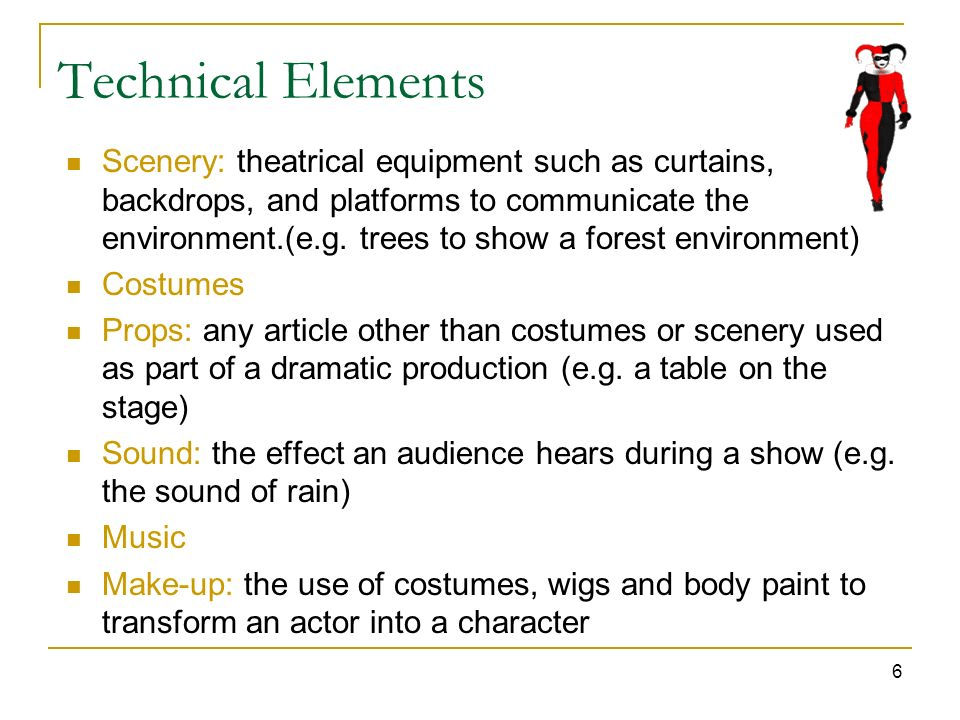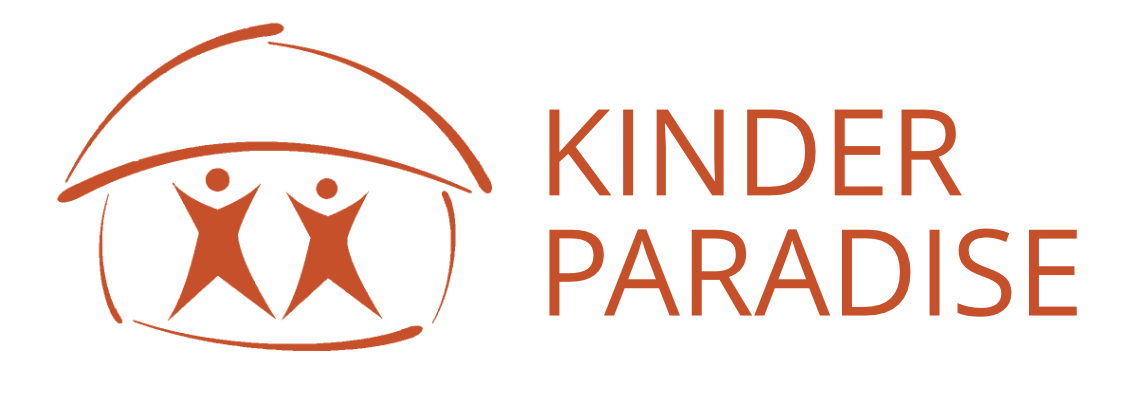EXPLORING TECHNIQUES OF DANCE, BODY MOVEMENTS AND VOICE PROJECTIONS IN THE GHANAIAN PERFORMANCE SPACE term 2
SUB-STRAND 2.1: MEDIA AND TECHNIQUES
EXPLORING TECHNIQUES OF DANCE, BODY MOVEMENTS AND
VOICE PROJECTIONS IN THE GHANATAN
PERFORMANCE SPACE
Introduction
The performing arts, most especially dance and drama are an essential method of communication and learning, and are strongly linked to language. We perceive the world through the senses, and for dance and drama, we usually experience it through our eyes and ears.
Through dance and drama, we are able to explore, experiment, express and understand through observation and practice.
Dance and drama are very important activities in our lives because they help in our total development as human beings.
Learning Indicators
After going through this study, you will be able to:
1. Explain the definitions for dance and drama.
2. Identify and explore basic elements in dance and drama.
3. Identify and explore types of dances and types of drama.
STRAND 2:CREATIVE ARTS. SUB-STRAND 2.3: MEDIA AND TECHNIQUES
LESSON 1: WHAT IS DANCE? term 2
Introduction
Dance is basically the art of human movement. The movements exhibited are used to convey ideas, thoughts, and feelings. The person who creates the dance is known as the choreographer while the dance created can be termed choreography. The people who perform the dance or the choreography are called the dancers.
The people who watch or view choreography are known as audience. Before a choreographer thinks about creating a dance he or she will need some building blocks, Let us go on to find out what these building blocks are.
Elements in Dance
Elements in dance can be described as the building blocks or stylistic features used by the choreographer to create a dance piece that would provide good communication to the viewers. At this level, the basic elements to be used in dance are Action, Space, and Time.
Action
Actions can be considered as basic bodily movements. Generally, there are two categories of actions in dance movements: Locomotor and Non-locomotor movements.
• Locomotor movements are movements in which the body travels from one location to another. It can also be described as a transfer of weight Examples include walking, running, hopping, jumping, skipping, leaping, galloping, and sliding. The traveling movement can be in a straight path curved path, circular path or meandering path.
• Non-locomotor movements are movements performed around the axis of the body while the person stays in one place. Movements performed by parts of the body are known as gestures. Gestures can also be described as movements performed in space. That is why movements in the Adowa dance are referred to as gestures. Examples include facial expressions bending, pushing or pulling, rising or sinking, shaking, stretching, swinging swaying, twisting, and turning.
Space
Space is the area where a person is dancing. Space helps the dancer to adequate expression of feelings and emotions through movement. Space is the element of dance that has to do with: give
Size: This determines whether movements are large, small, narrow or wide.
Shape: This has to do with the shapes dancers make with the shapes those groups of dancers form, such as lines or circles.
Direction: Before a dance is performed, the dancer’s direction can be described as being in place. When the dance movement starts it can be done moving forward, backward, or sideways (left or right). their bodies or
•Pathways: It is whether the pathway created through the locomotor movement is straight, curvy, circular or meandering. Pathways can also be described in relation to the gestures created by the non-locomotor movement.

Figure 1: Four Types of Pathways
• Levels: This is to indicate whether the dancer reaches high, stays at middle, or is low and close to the floor when performing the movement. The concept of levels can be understood using the example of a house as described in Figure 2 on the next page.
The roof is high, the door is opened in middle and the foundation of the house is As a normal human being, your normal standing upright position is considered as middle, if you move above the middle to stand on your toes or spring up it is considered high and finally if you go below the middle to have a little bent knee or even going down to touch the floor then it is considered low.

Figure 2: Concept of Level
1.2.3 Time
Time is the period between movements or repeated gestures in a dance. It is very important in dance to give rhythm to movement. Time is the element of dance that has to do with.
Beat: the underlying pulse of the dance.
• Tempo: whether the movement is slow, medium, or fast
Exploring the elements of dance
Activity 1
Develop body and movement awareness by engaging in activities that incorporate the elements of dance.
.
Play a variety of music that you can move to (slow or fast tempo).
• Practise some locomotor movements (walking, running, hopping, jumping, skipping, leaping, galloping, and sliding) while using the music as the beat.
While you try these locomotor movements, explore the various
pathways (straight, curved, circular or meandering paths).
DRAMA Term 2
LESSON 2: WHAT IS DRAMA?
Introduction
Drama, which can also be referred to as a play, is a form of literature written for theatre performance. Drama is a mode of fictional representation through dialogue and performance.
The drama piece usually consists of a script with dialogue. The actors and actresses are the main drivers of the story. Just like in dance and other arts, elements in drama can also be described as the foundation on which the artist develops stories for actors to bring to life. By knowing and using the elements of drama, the skills needed in creating a successful performance, as well as the skills required to analyze a drama, could be developed.
Elements in Drama
The basic elements in drama are plot or action, theme, characters, dialogue, and technical elements. For the success of a drama, attention has to be paid to each element.
Theme
Theme refers to the meaning of the play. It is the main idea or lesson to be learned from the play. In some cases, the theme of the play is very clear; other times is quite obscure. The theme is the main underlying idea of a play. The writer carefully and creatively weaves the elements together into a story that can be enjoyed and appreciated.
Plot
The plot is a literary term used to describe the events that make up a story or the main part of a story. These events relate to each other in a pattern or a sequence. The plot is the basic foundation of a novel or story around which the characters and settings are built. The plot refers to the action or the storyline of the play.
Characters
Characters are the people portrayed by the author or playwright in the play. It is the characters who move the action or plot. Characterization is the way an author presents a character. Characters can be categorized into three types according to the roles they play and they may have a major part of a minor involvement in the drama.
The main character of the play is known as the protagonist.
• The antagonist is the character who opposes the protagonist.
• The other characters that are neither the protagonist nor the antagonist are called secondary characters.
Before the dialogue in a script, the playwright will often include a cast of characters. Each character, both major and minor, is listed alongside a brief description of the character’s role in the story. This list helps the reader or the audience to identify the various characters and the actors who will play each role.
The actors are chosen based on both their physical and verbal ability to interpret the character. Sometimes the actor may require certain physical characteristics to be able to fit the role.
Dialogue
This refers to the words written by the playwright and spoken by the characters in the play. The dialogue helps move the action or plot of the play. The words spoken by the characters are usually to each other, and not to the reader.
Technical Elements

These encompass all that goes into making a staged production. Technical elements include scenery (set), costume, properties, light, sound and make up. Each one is explained in Figure 3. All of these areas work together in a production to establish the place, time period, and mood of the production.
TECHNICAL
Scenery : Theatrical equipment such as curtains, flats, backdrop, for platforms used in drama to communicate environment.
Costume: Clothing and accessories worn by actors to portray character and period.
Properties : Moveable objects that appear on stage and are used as part of drama.
Light: This means placement, intensity and colour of lights set as needed to communicate environment, mode or feeling.
sound:
make -up: This includes costume, wigs and body paint used to transform an actor into a character.
2.3 Types of Drama
Drama performances are generally classified into specific categories according to the mood, tone, and actions depicted in the plot. Some popular types of drama include comedy, tragedy, and opera.
2.3.1
Comedy
Comedies are lighter in tone with intentions of making the audience laugh and usually come to a happy ending. Comedies place offbeat characters in unusual situations causing them to do and say funny things. Comedy can also be sarcastic in nature, poking fun at serious topics.
2.3.2
Tragedy
Tragedies portray serious subjects like death, disaster, and human suffering in a dignified and thought-provoking way. Rarely enjoying happy endings, characters in tragedies are often burdened by tragic character flaws that ultimately lead to their demise.
2.3.3 Opera
This versatile genre of drama combines theatre, dialogue, music, and dance to tell grand stories of tragedy or comedy. Since characters express their feelings and intentions through song rather than dialogue, performers must be both skilled actors and singers.
Exploring the elements of drama based on the types of drama.
Encourage children to utilize their creativity by viewing a short drama piece that incorporates the elements and types of drama.
. Give each student a piece of paper divided into five columns. Label the columns: theme, plot, characters, dialogue, and technical.
As they watch the drama piece, ask the students various elements observed.
to note down the
Discussions: Have a discussion on the drama piece and get the varied thoughts for the various elements.
Chapter Review
1. The person who creates a dance piece is known as
2. The people who watch a dance piece can be called
3. Two categories of actions found in dance are
4. The area where a person performs a dance is known as
5. The types of levels used in dance are
6. What does a plot in drama mean?
8. Name the types of drama learnt in this lesson.
7. Which of the elements has the ability to establish the place, time period, and mood of the production?
